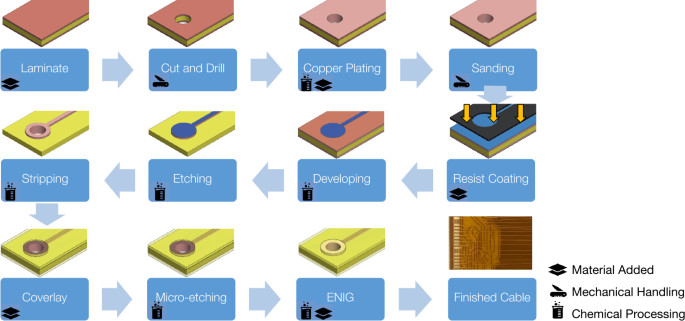2023-09-21 ノースカロライナ州立大学(NCState)
◆この素材は電気クロミズムを利用し、水を結晶構造に組み込むことで、新たな光学特性を持つことが明らかになりました。この素材は、建物のエネルギー効率を向上させる助けとなり、ダイナミックウィンドウの新たな可能性を示唆しています。さらに、この研究はエネルギー貯蔵と変換の素材にも影響を与える可能性があるとされています。
<関連情報>
- https://news.ncsu.edu/2023/09/new-material-for-dynamic-windows/
- https://pubs.acs.org/doi/10.1021/acsphotonics.3c00921
含水酸化タングステンにおけるデュアルバンド・エレクトロクロミズム Dual-Band Electrochromism in Hydrous Tungsten Oxide
Jenelle Fortunato, Benjamin Z. Zydlewski, Ming Lei, Noah P. Holzapfel, Matthew Chagnot, James B. Mitchell, Hsin-Che Lu, De-en Jiang, Delia J. Milliron, and Veronica Augustyn
ACS Photonics Published:September 1, 2023
DOI:https://doi.org/10.1021/acsphotonics.3c00921
Abstract

The independent modulation of visible and near-infrared light by a single material, termed dual-band electrochromism, is highly desirable for smart windows to enhance the energy efficiency of buildings. Tungsten oxides are commercially important electrochromic materials, exhibiting reversible visible and near-infrared absorption when electrochemically reduced in an electrolyte containing small cations or protons. The presence of structural water in tungsten oxides has been associated with faster electrochromic switching speeds. Here, we find that WO3·H2O, a crystalline hydrate, exhibits dual-band electrochromism unlike the anhydrous WO3. This provides a heretofore unexplored route to tune the electrochromic response of tungsten oxides. Absorption of near-infrared light is achieved at low Li+/e– injection, followed by the absorption of visible light at higher Li+/e– injection as a result of an electrochemically induced phase transition. We propose that the dual-band modulation is possible due to the more open structure of WO3·H2O as compared to WO3. This facilitates a more extended solid-solution Li+ insertion regime that benefits the modulation of near-infrared radiation via plasmon absorption. Higher degrees of Li+/e– insertion lead to polaronic absorption associated with localized charge storage. These results inform how structural factors influence the electrochemically induced spectral response of transition-metal oxides and the important role of structural water beyond optical switching speed.



